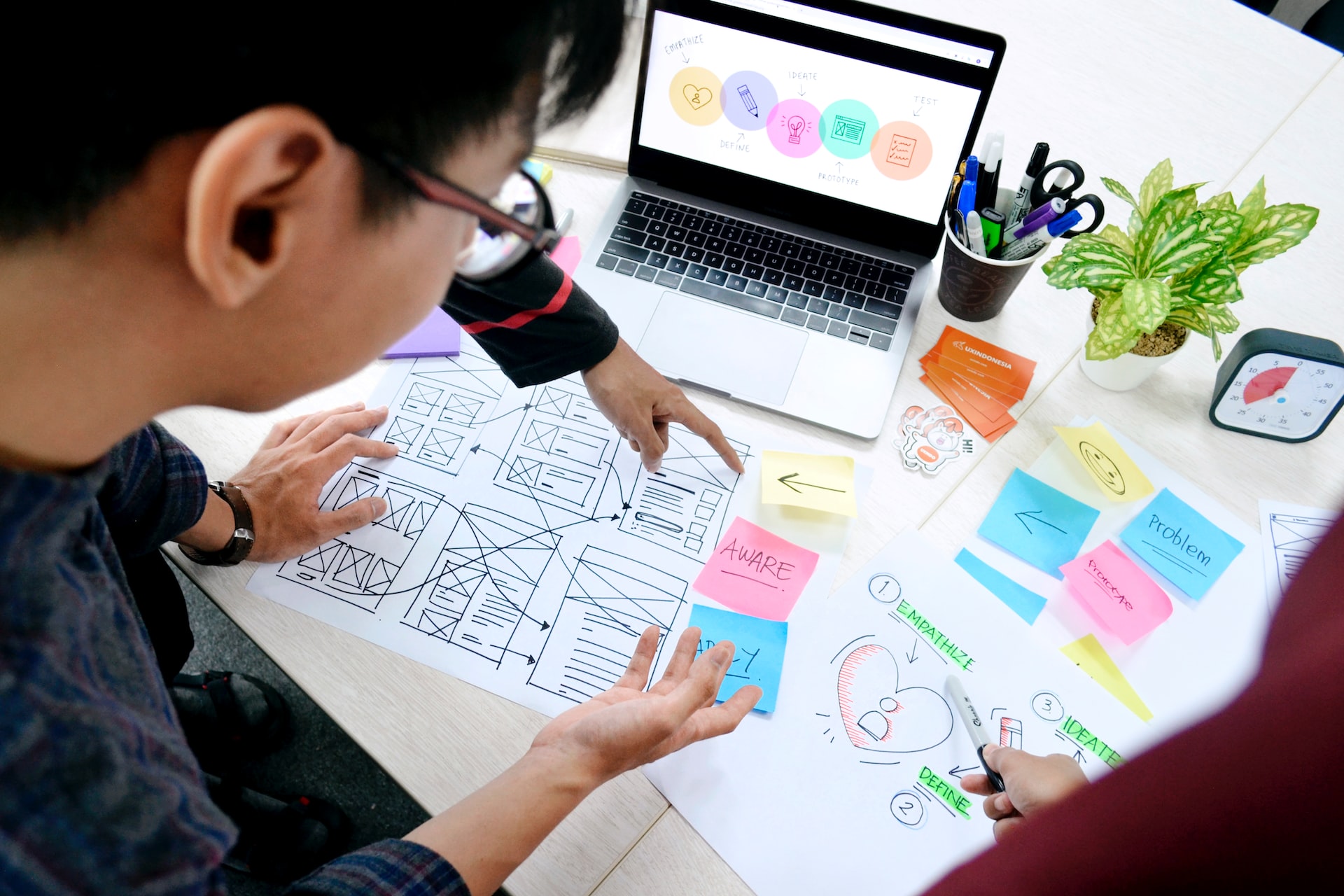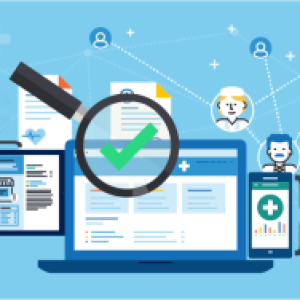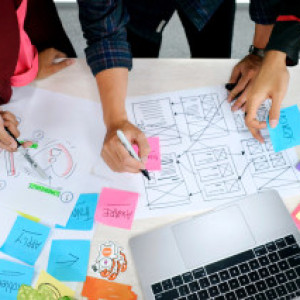5 Stages of the Product Development Process To Know
Product development is the process of creating new or improved products that are designed to meet the needs of customers or address specific market opportunities. The product development process typically involves several stages, including idea generation, research, development, testing, and launch.
Product development can encompass a wide range of industries, including technology, consumer goods, manufacturing, and healthcare, among others. It can also involve developing new physical products, such as electronics or appliances, or digital products, such as software or mobile apps.
The goal of product development is to create products that are innovative, meet customer needs, and provide value to the organization. This process involves a combination of creative and technical skills, such as design, engineering, marketing, and project management.
Product development is a continuous process, where the product is always being improved based on feedback from the customer, market trends, and the organization's goals. It requires coordination among different functions within the organization such as R&D, design, engineering, manufacturing, and marketing, as well as external resources such as suppliers and partners.
Overall, product development is a key function of any organization that wants to remain competitive and bring new and innovative products to market. It can be challenging but also a very rewarding process that helps organizations achieve success in their industry.
Here's an overview of the key stages and what they involve:
-
Idea Generation: This is the first stage of the product development process where the organization generates new product ideas. The ideas can come from internal sources such as R&D or external sources such as customers, competitors, or market trends. The organization analyses these ideas to see if they are worth pursuing and what is the potential impact on the organization and customer.
-
Research: Once a product idea has been identified, the next step is to conduct research to validate the idea and gather information to inform the development of the product. This stage includes activities such as market research, customer research, and technical feasibility analysis. The results of the research are used to validate or invalidate the product idea and to identify customer needs and pain points that the product should address.
-
Development: This is the stage where the product is developed, including design, engineering, and prototyping. This stage includes activities such as creating design specifications, engineering drawings, and prototypes. This stage could also include creating mockups and wireframes, testing and validating the design, and finalizing the engineering.
-
Testing: Once the product is developed, the next step is to test it to ensure that it meets the customer's needs and quality standards. This stage includes activities such as testing the product's functionality, usability, performance, and reliability. The testing stage could also include beta testing, where the product is tested by a group of representative users to gather feedback.
-
Launch: After the product has been developed and tested, it is ready to be launched to the market. This stage includes activities such as packaging, marketing, and distribution. The launch stage also involves planning for ongoing




